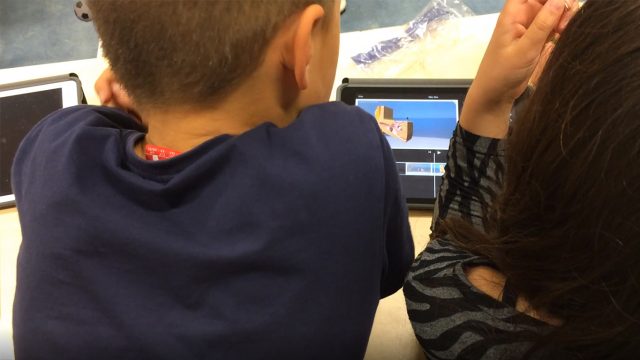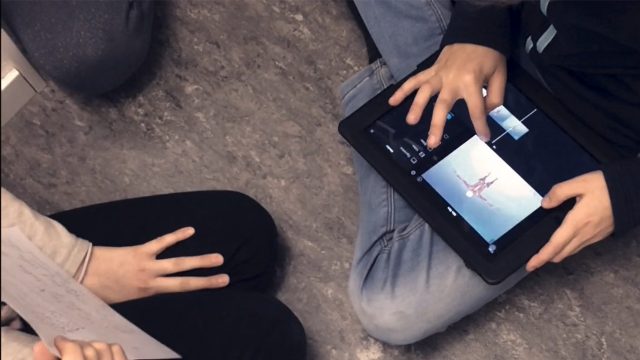Medlearn delivers adult education, training around 4,000 students per year. In addition to adult education, Medlearn also provides an extensive range of vocational training, specializing in health & social care, dental care and disability.
Challenge
- Students were struggling with Medicine 1 and 2 classes
- Many students have Swedish as a second language
- Quickly prepare students for careers
Solution
- Sensavis with video rights
- An unlisted video library on YouTube
- Links in course syllabus templates in online learning portal
Result
- Better understanding of difficult concepts
- Guaranteed quality of materials and lectures
- Better support for Swedish as a second language students
Medlearn delivers adult education, training around 4,000 students per year. In addition to adult education, Medlearn also provides an extensive range of vocational training, specializing in health & social care, dental care and disability. Offering an education that is personalized and flexible for each student while preparing them for the demands of their future career is a top priority for Medlearn. John-John Ernstsson, who is responsible for quality and development at Medlearn, was the first to get in touch with Sensavis.
”We have very small classes spread out all over Sweden, and all of them were struggling with Medicine 1 and 2 courses. Granted, these classes teach anatomy, pathology and physiology, so they are very difficult. When I saw the visualizations in Sensavis I immediately thought to make videos, that our students would have an easier time succeeding if they could see what we were teaching rather than just lecturing.”
An assessment of needs justified the purchase
John-John assembled a team of teachers to asses what they needed. Which course objectives needed extra resources? How many videos were necessary? By the time they came to a conclusion they had realized how they could use Sensavis, and decided to acquire the learning tool. One of the teachers took on the responsibility to record the videos.
Medlearn teaches both in classrooms and online, so making the videos easy to access and understand was very important. This was solved by placing the videos in a private, unlisted YouTube library, with direct links embedded in class syllabi in their online learning portal, itslearning.
”We’re working on this project in two stages. The first is to identify and create 20-30 videos for Medicine 1 and 2. This stage is already complete and everyone who starts these classes in the fall will get access to these videos. We’re now getting to stage 2, where we’re bringing in other teachers to create 30-40 minute videos for other subjects. We hope to complete these in the next few months”, John-John tells us.
The limits of the classroom are disappearing
Having the videos online and easily accessible makes it possible for Medlearn to have a further reach than in a classroom. The students can look at the videos at any time, both in the classroom and online at home. If a student finds a topic particularly difficult they can watch the video as many times as needed. A teacher can also use the videos in the classroom, going through and discussing the material with their students. ”It’s important in these classes that we can simplify complex topics, especially if these are difficult for teachers to explain. When we provide a quality education for nurses we are ensuring qualified and educated nurses in health and social care. This isn’t a solution to all challenges in this field, but it’s an important start.” says John-John.
Guaranteed Quality
By personally creating all the videos, Medlearn can guarantee that the material consistently meets their high standards, covers the required information, and is in the correct language; no matter what.
”When we started this project our goals were to shorten the time it took for students to go from student to employee, offer a more personalized education, and find a tool that allowed us to work with students with Swedish as a second language. It’s too soon to come to final conclusions, but we will start assessing the outcomes this fall. What we can say, is that both our students and teachers really enjoy the tool. For students with Swedish as a second language the visualizations are especially helpful. We’re also able to quickly create educational material that can then be used in all of our classes,” concludes John-John.









